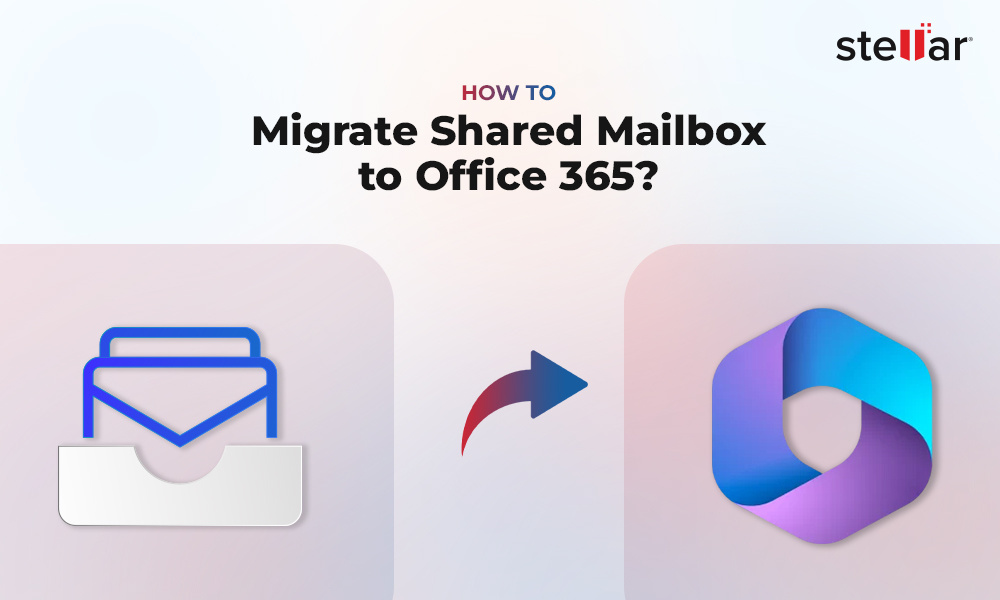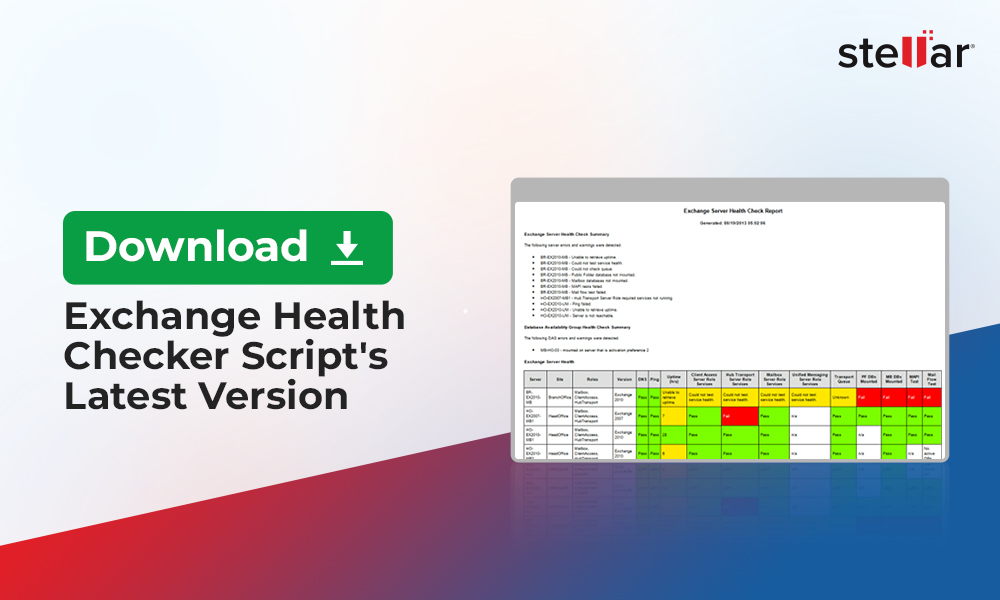Exchange Server is dependent on the Active Directory Forest, where it is installed. All of the server’s configuration is stored in the Active Directory Schema, apart from the certificates used in the Exchange Server and custom send/receive connectors if any. So, moving an Exchange Server to another Active Directory Forest is not an easy task. This would mean new configuration, re-configuration of the Exchange Server, and remapping of the users. Below, we will discuss the step-by-step process to move an Exchange Server to a new domain.
Process to Move Exchange Server to a New Domain Controller
To move an Exchange Server to a new domain controller, you need to install a new server, join the two AD forests, and then perform the cross-forest migration of the mailboxes. Let’s take a look at the detailed process.
1. Install a New Exchange Server
First, you need to install a new Exchange Server on the new Active Directory Forest and setup all the users in the Active Directory in the Active Directory Users & Computers.
2. Establish Two-Way Trust between AD Forests
Next, you can join the two Active Directory Forests so that both systems can authenticate with each other and pass the data. For this, you need to create a two-way trust. Follow these steps:
- Open the Active Directory Domains and Trusts snap-in.
- Right-click on the forest root domain and click on New Trust.
- Choose the Forest trust and click OK.
Now, choose the two-way trust between the two forests and provide the administrative credentials. This will setup the two-way forest.
3. Perform Microsoft Exchange Server Mailbox Transfer
Next, you have to transfer the Microsoft Exchange Server mailboxes. For this, you need to recreate the users on the destination forest. Alternatively, you can use the Microsoft Identity Manager (MIM) to synchronize mailbox users from the source forest to the destination forest.
You can use the Prepare-MoveRequest.ps1 script (as given below) to prepare the mailboxes for the move.
This script will copy the mailbox attributes from the source to the destination.
After this is completed, you can use the New-MoveRequest PowerShell command as given below to move the mailboxes.
To check the status of all the move requests, you can use the Get-MoveRequest command as given below:
If you want to see the status of a particular move request, you can add the identity parameter in the command (see the below example).
An Alternative Solution to Transfer Mailboxes
An easy solution to migrate mailboxes and other data to another Exchange Server is by using a specialized EDB converter tool. One such tool is Stellar Converter for EDB. With this tool, you can open live or offline databases of any size and from any version of Exchange Server. After a quick scan of the EDFB file, the tool presents the entire structure of the database. It allows to granularly export the EDB data, including user mailboxes, user archives, disabled mailboxes, shared mailboxes, and even deleted/purged items to a live Exchange Server database. It can also save the mailboxes and other items to PST and various other formats. It features automatic mailbox matching, parallel exports, and priority exports for your VIP users to facilitate the migration process. This tool helps reduce the migration time and efforts, and also reduce the risk of data loss or missed data.
Some Useful Tips to Simply the Process
While performing such critical operations, one of the top priorities should be to reduce the risks and simplify the process. To reduce the margin of errors and complexity of such operations, follow the below tips:
- Plan the process well and coordinate between the teams.
- Perform a test before implementation to identify and resolve any potential issues.
- Always have a backup. This helps if something goes wrong.
- Regularly monitor the DNS and certificate configurations.
- Have a good and tested backup of the systems.
- Perform a cleanup before going with the migration.
- Have the right migration tools in hand.
- Always consult with a professional or supplier.
Conclusion
There are various reasons why you need to move Exchange Server to a new domain controller. For example, when merging companies, you need to remove an Active Directory forest and merge it with another forest. Whatever be the reason, you can follow the stepwise process mentioned above to move an Exchange Server to new domain controller. However, when it comes to migrating mailboxes and other data, you can take the help of an EDB converter tool to ease the migration process and reduce the data loss risk. Stellar Converter for EDB is a perfect tool for such migrations as it can directly export user mailboxes, shared folders, public folders, disabled mailboxes, and all other data from EDB file to a live Exchange Server database or Microsoft 365 tenant.















 6 min read
6 min read





